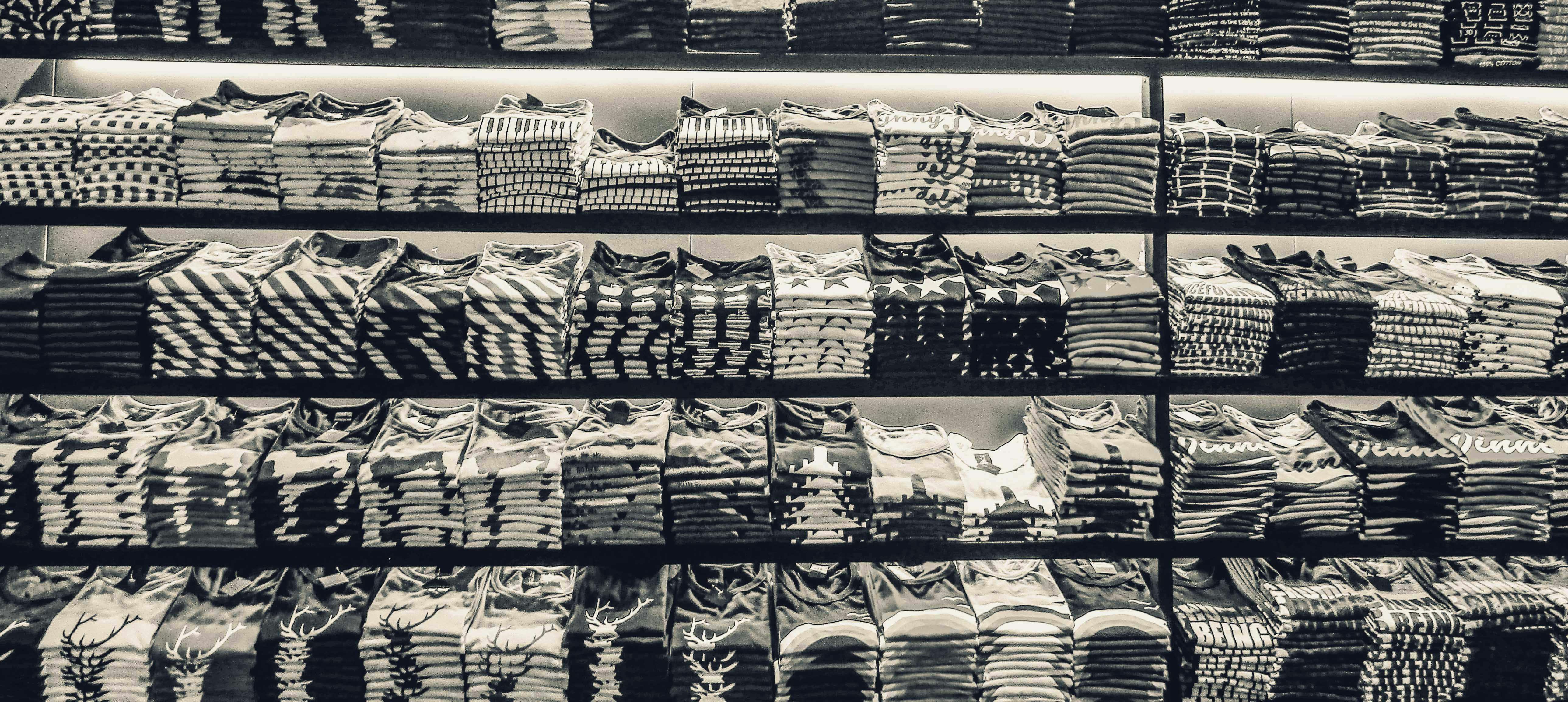It’s the season of jorts and Pinterest on UCLA’s campus.
Sustainability and rising temperatures are not just highly-debated, political topics, but deciding factors for students as they select their outfits. Purchasing sustainably can refer to buying secondhand clothing, avoiding fast fashion companies and seeking out retailers with ethical, transparent production processes. Sustainable fashion brands typically condemn the use of sweatshops, poor treatment of workers and harm to the environment.
“I’m in this mindset right now where I feel like I’m very aware of how much consumption I’m doing,” Roxy Morris, a fourth-year film major, said. “I would just prefer to buy secondhand, if anything, so there’s not as many things circulating. But in terms of going to my parents’ closet, it’s kind of an ease thing and a money issue.”
My favorite pair of jeans turned five years old last year and suffered an enormous rip along the ass. This was not its first ailment – the bottom of each pant leg frayed long ago, begging to be trashed. I cherished them and was heartbroken to throw them away, but the emotional tie is not the only reason I kept them.
I can’t remember how much that Goodwill pair of jeans cost me, but I know that jeans of similar styles were averaging about $70 at the mall. It is not surprising that thrifting has become less of an alternative and more of a standard among young people. Unfortunately, the prices of thrift stores have risen over the last few years, but buying secondhand still generally remains more affordable than buying new items. Some believe that prices have increased due to sustainability becoming reduced to a trend rather than a movement. A Goodwill worker interviewed by the Kent State NewsLab suggests that both general inflation and the effect of resellers lead to the rise of prices.
While new and secondhand clothes remain similar in price, fast fashion is still a generally cheaper option. Companies like Shein are estimated to make over $30 billion in revenue per year and sell shirts for as cheap as $1.75. As implied by the term, the clothes are created quickly, often by underpaid women in the global South, and designed with fleeting microtrends in mind. According to Fairtrade International, 50 million women in South Asia work in the textile industry from home, earning about 40% less than those who work in factories.
Some social media users even use Shein’s alleged working conditions as punchlines to their jokes. One user posted a photo of children in reflective neon vests and captioned it, “Shein workers bout to clock in,” referencing rumors that the company utilizes child labor.
Kiersten King, a third-year neuroscience major, primarily shops at Goodwill for clothes. “I like Goodwill because they have a ton of locations, so I can go around to different cities. I like a lot of the flea markets that they have around here in LA like 1042 Flea,” King said.
The way we form emotional attachments to our clothes has changed along with the way we buy them. Even though secondhand clothes have been worn by others before us, we still develop connections to these pieces. Regardless of the origin, it is almost inevitable not to grow sentimental toward the items we use to adorn our bodies – especially the handmade accessories some of us wear every day.
Kiena Tan, a third-year psychobiology major, sported multiple bracelets on her wrists, each one decorated with small, colorful beads. When asked where she got them, Tan said, “I made it in junior year of high school, or senior year. I made it for my friends because we were gonna leave for college.”
When we dig to the bottom of our parents’ closets, we are sifting through memories of lower prices and better quality clothing. As more members of Gen Z continue to rely on secondhand clothing, I wonder what our children will have to dig through. Maybe it will be the handmade bracelets that last.
Visual Credit: Aden Ardenrich

Comments are closed.